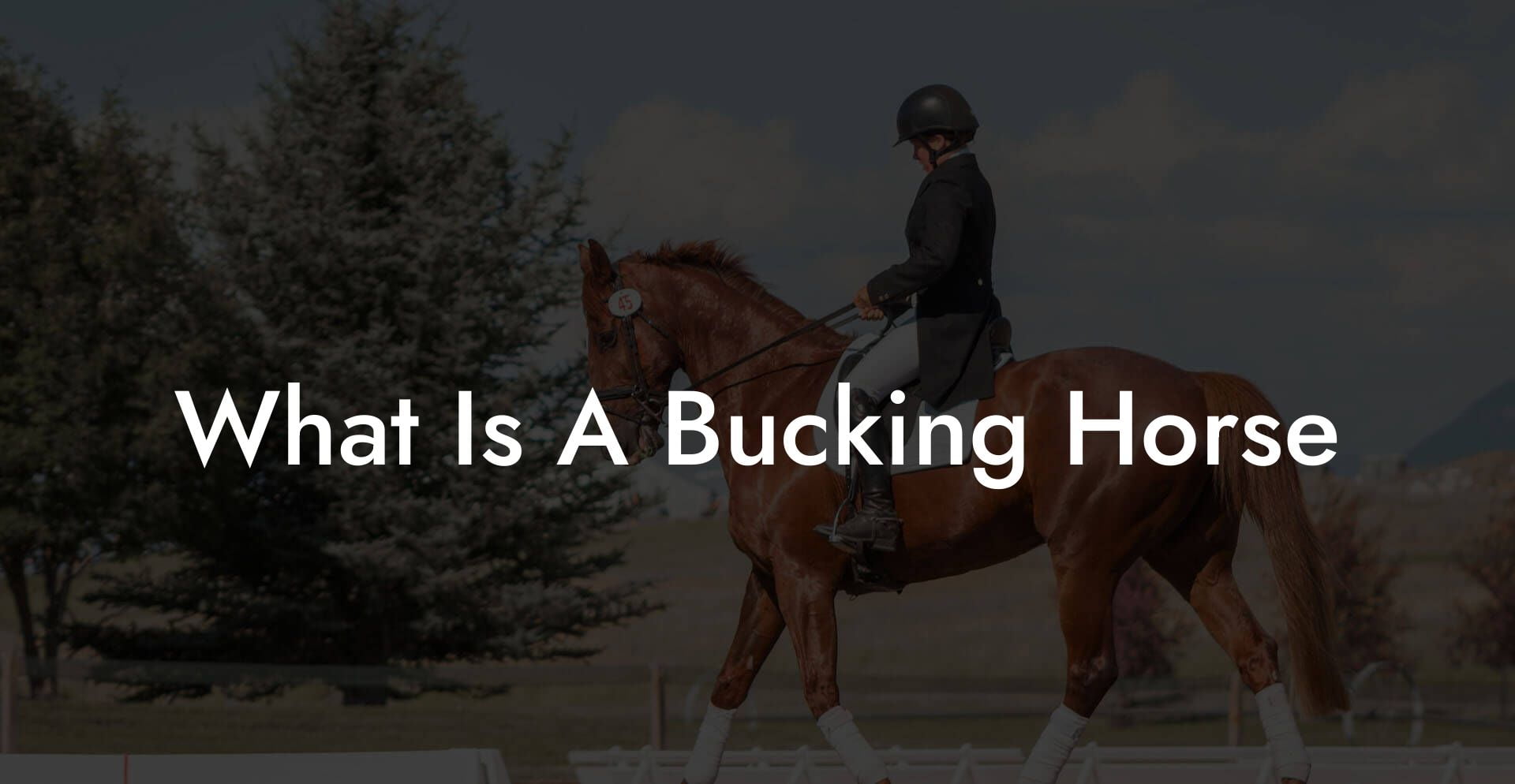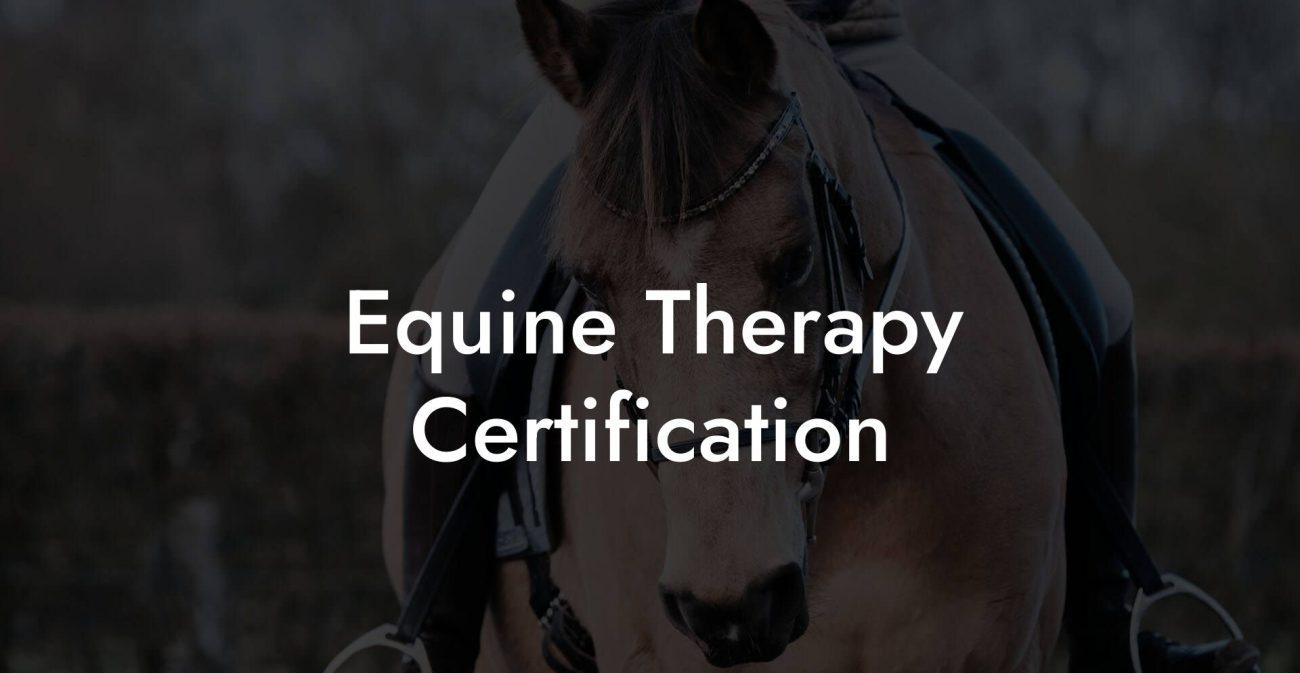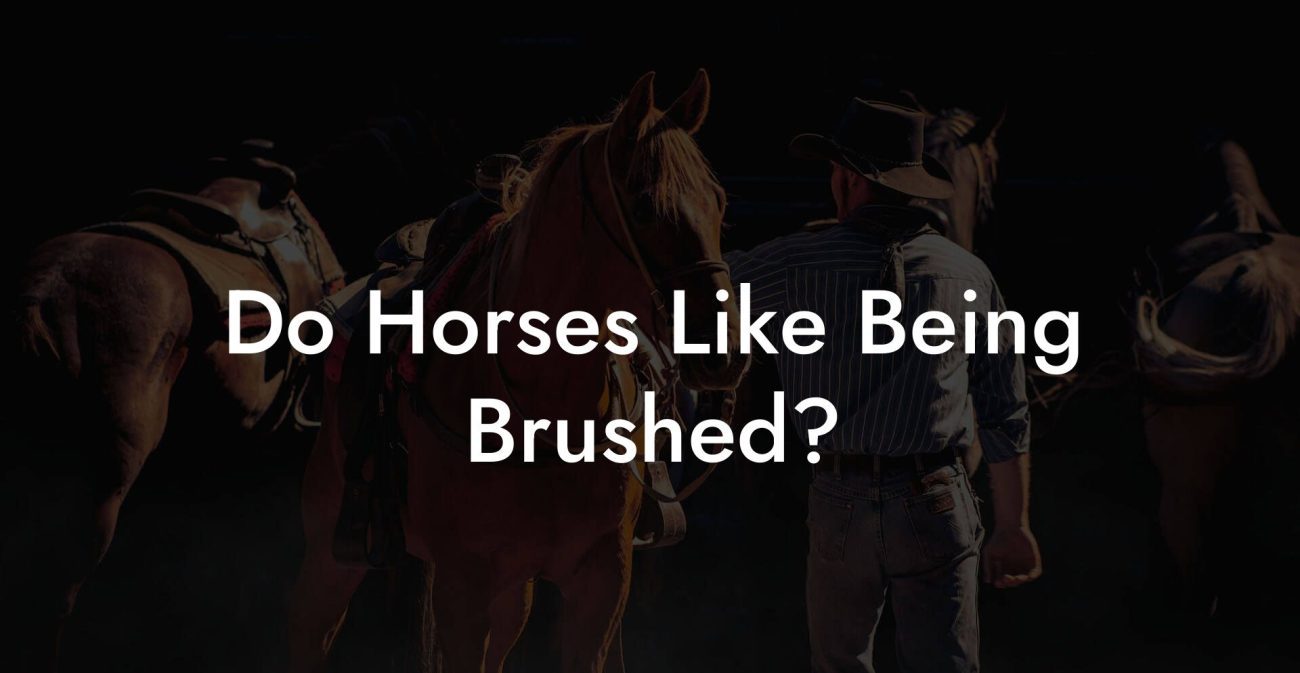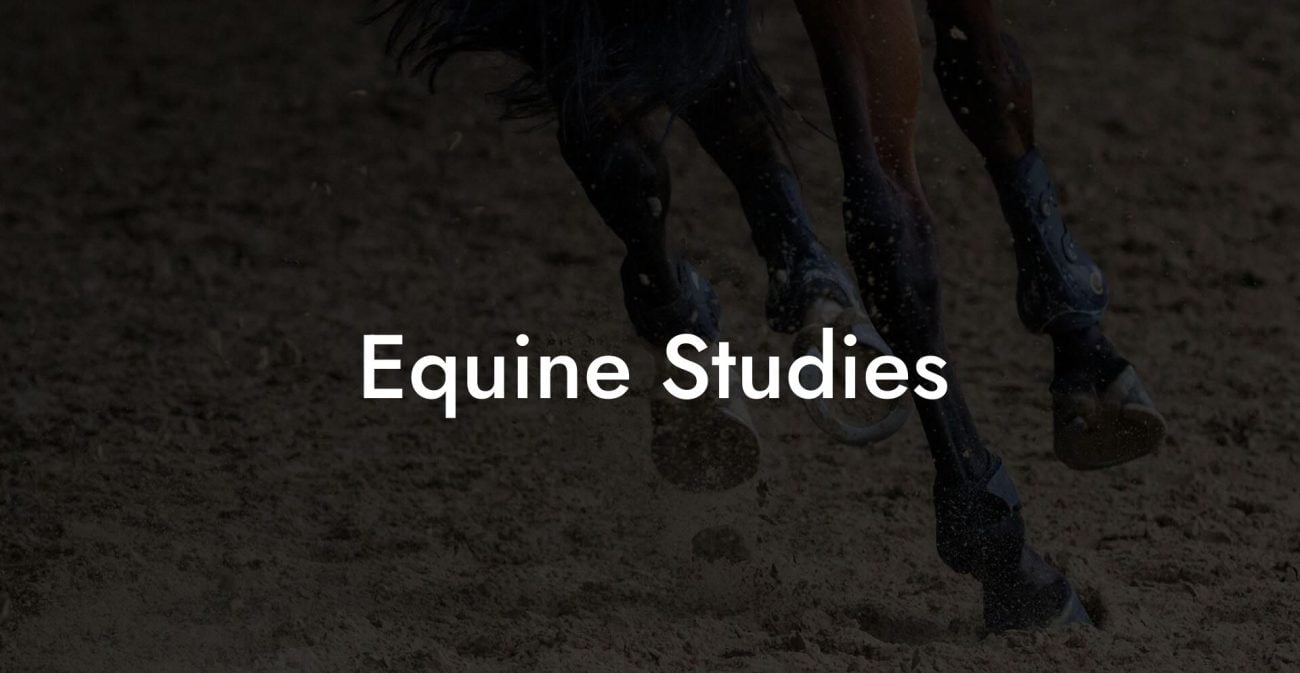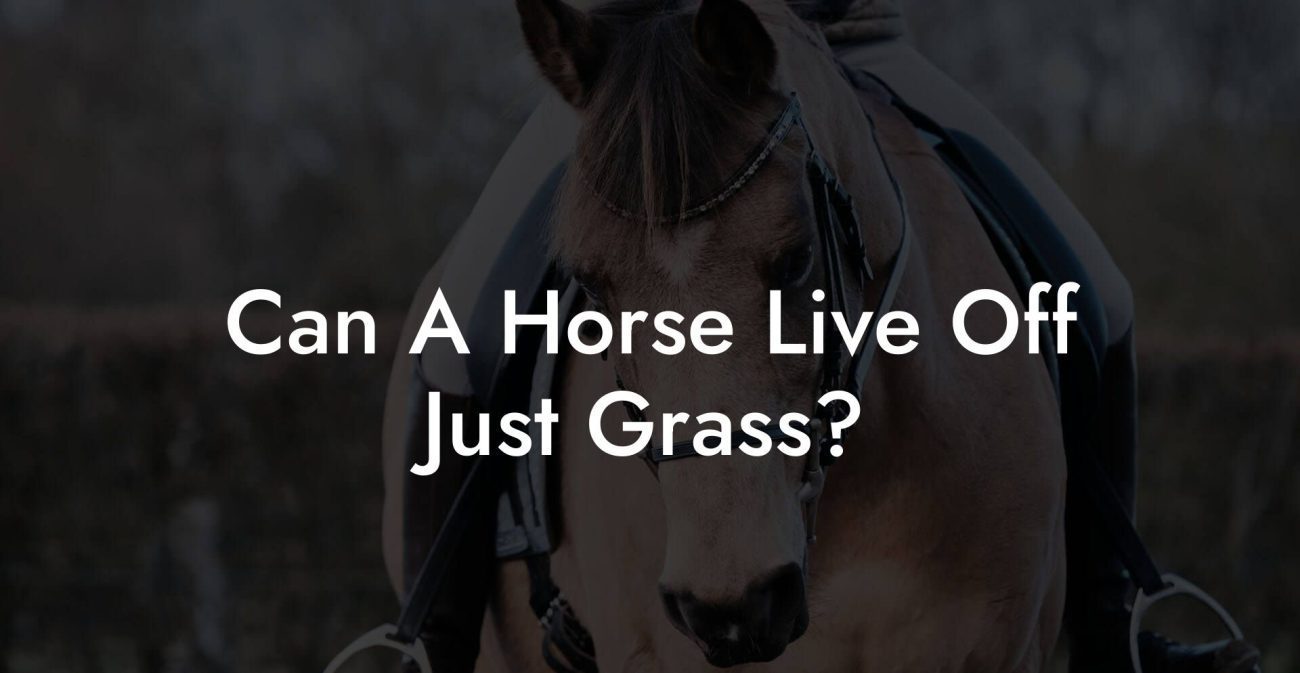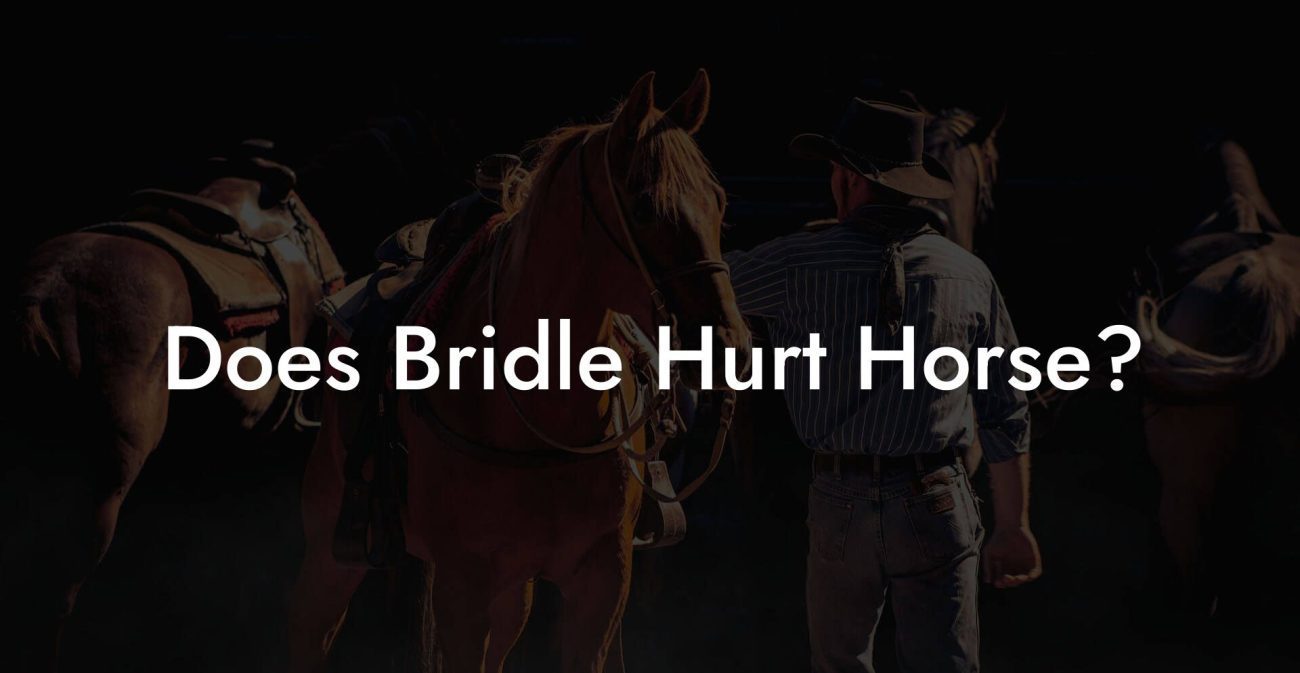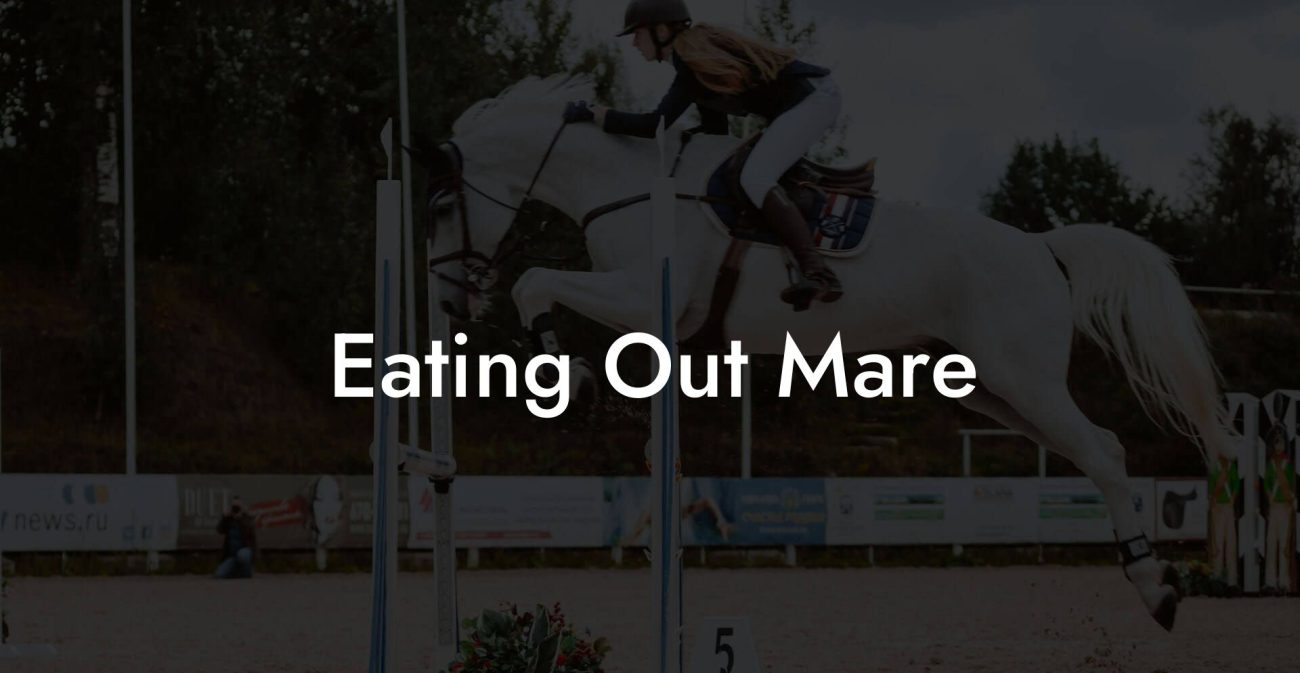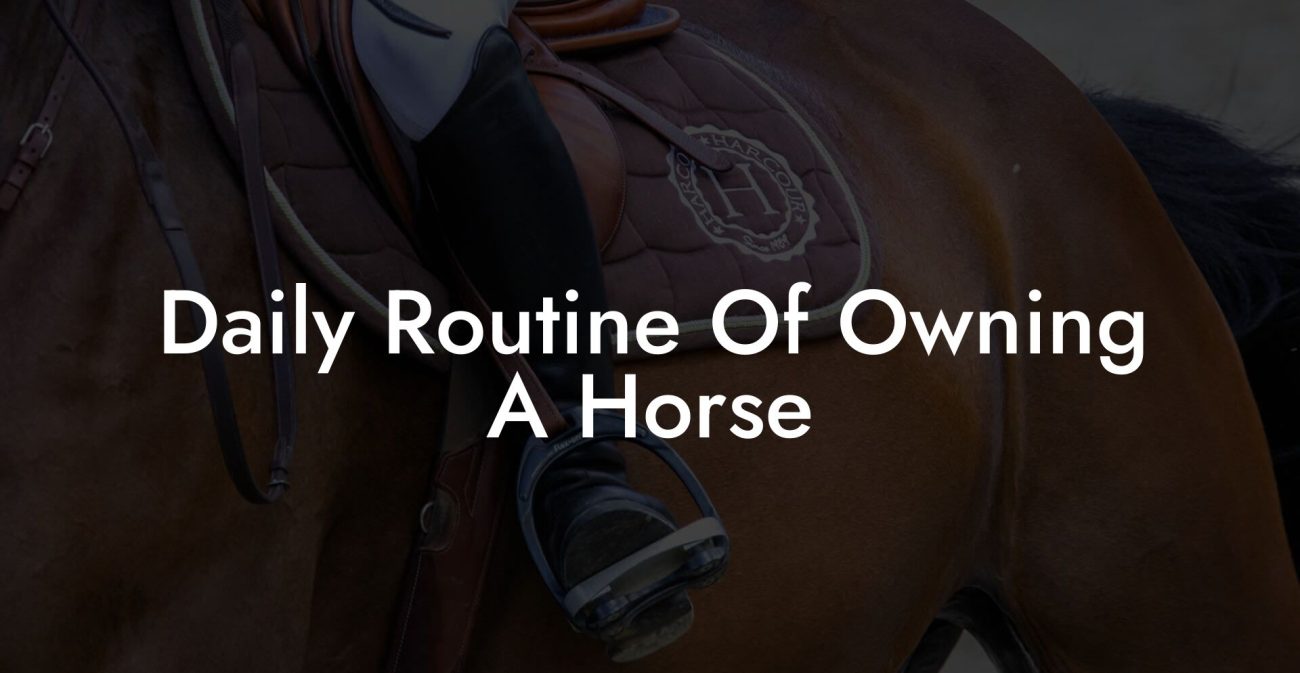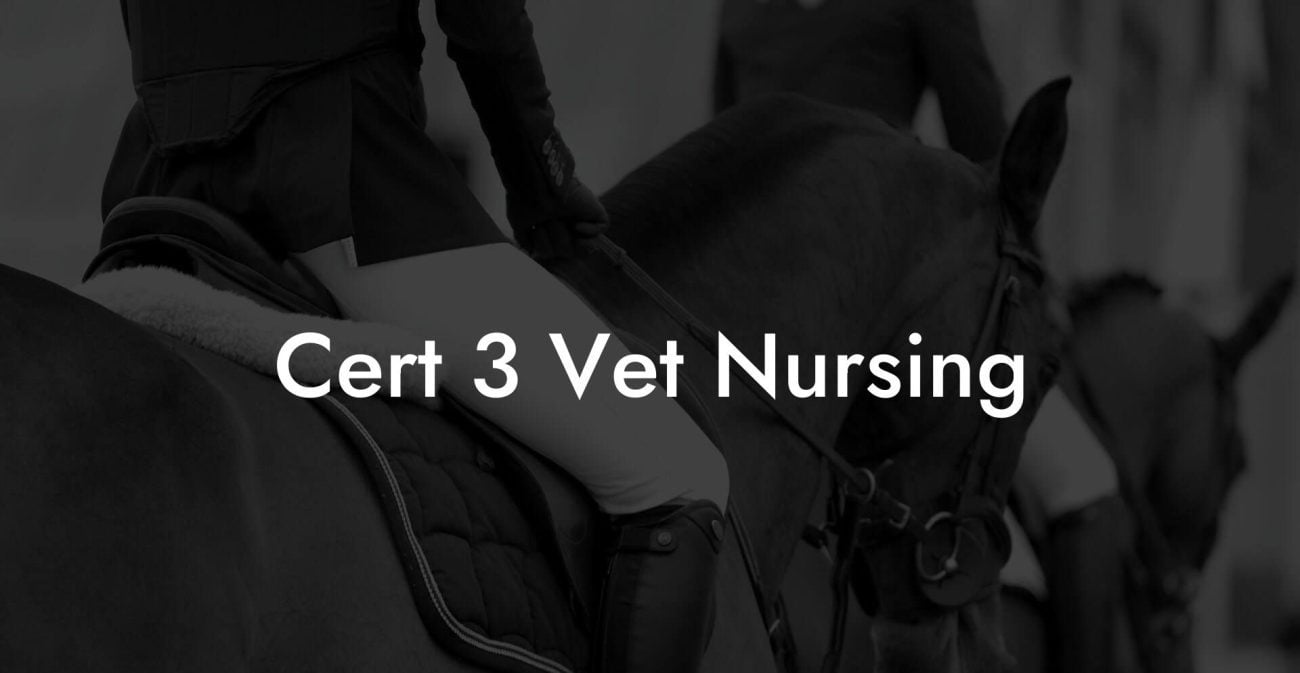Bucking horses – they’re the wild hearts of the equine world, a blend of breathtaking power and unpredictable charm that has fascinated cowboys, riders, and horse enthusiasts for generations. Whether you’re scrolling through reels on social media, planning your next trail ride, or simply curious about these spirited creatures, you’re in for an adventure. Get ready to dive into the captivating universe of bucking horses, explore why they buck, and learn how to care for them in a way that respects their untamed spirit while ensuring safety and happiness for both horse and human.
Quick Links to Useful Sections
- What Exactly Is a Bucking Horse?
- The History and Cultural Significance of Bucking Horses
- Why Do Horses Buck? Unraveling the Causes Behind the Behavior
- Anatomy of a Bucking Horse: What’s Going On Inside?
- Muscular Power and Agility
- Nervous System Quick Reflexes
- Psychological and Behavioral Factors
- Riding and Managing a Bucking Horse: Tips for horse care Enthusiasts
- Assessing the Situation
- Establishing Trust Through Consistent Care
- Implementing Positive Reinforcement Training
- The Art of Timing and Patience
- Seeking Professional Guidance
- Training Techniques Tailored for Bucking Horses
- Desensitization and Exposure Therapy
- Groundwork and Liberty Training
- Incorporating Modern Tools and Techniques
- Building a Rapport With Empathy
- Medical Considerations and Equine health
- Saddle Fit and equipment
- Musculoskeletal Health
- nutrition and Hydration
- Stress and Behavioral Health
- Real-Life Stories: When the Bucking Tells a Tale
- The Maverick From the Ranch
- The Urban Cowboy Turning Social Media Gold
- The Rehabilitation Journey
- Resources and Community Support: Your Next Steps in Equine Mastery
- Advanced Horse Care Strategies for the Modern Era
- Utilizing Wearable Tech
- Data-Driven Training Systems
- Telehealth and Remote Consultations
- Holistic and Integrative Approaches
- Equine Behavior Myths vs. Reality: Debunking Common Misconceptions
- Equine Fitness and Well-Being: Daily Practices for a Happy Horse
- Daily Exercise Routines
- Mindfulness and Calmness
- Nutritional Care
- Frequently Asked Questions About Bucking Horses
- Your Journey Toward a Harmonious Relationship With Your Bucking Horse
What Exactly Is a Bucking Horse?
A bucking horse is more than just a figure at a rodeo; it’s a dynamic animal whose instinctive behavior can leave even seasoned riders with a heart-pounding mix of adrenaline and awe. Bucking is a natural rodeo motion where a horse violently jerks its body, typically rearing up on its hind legs and kicking out, sometimes in defiance or excitation. While it’s often associated with competitive rodeo events or as a reaction during horseback riding, understanding why a horse bucks opens the door to mastering equine care and training, especially if you’re someone who cherishes a deep connection with these magnificent animals.
Far from being a mere display of stubborn defiance, the bucking behavior can be a nuanced signal, ranging from excitement and playfulness to discomfort or a way to communicate a need for freedom. In many cases, bucking is an expression of natural behavior, but it can also be a cry for attention when a horse is stressed, in pain, or simply misunderstood.
The History and Cultural Significance of Bucking Horses
The allure of the bucking horse is deeply woven into the tapestry of Western culture and history. From the dusty arenas of early rodeos to the modern-day events that feature spectacular displays of equine athleticism, bucking horses have become cultural icons. They represent the untamed spirit of the American West and serve as emblematic reminders of a time when the relationship between man and horse was as fierce as it was indispensable.
For many Gen-Z and millennial audiences, bucking horses evoke a sense of rebellious freedom, a reminder to embrace one’s wild side while still navigating the modern world. Their portrayal in movies, TV shows, and viral social media clips has given them a cool, edgy vibe, making these magnificent creatures a favorite subject for memes, digital art, and even urban fashion.
Whether in the context of rodeos or as part of natural equine behavior on the range, the bucking horse continues to captivate and inspire a new generation who values authenticity, adventure, and the deep historic narratives behind decades of cowboy lore.
Why Do Horses Buck? Unraveling the Causes Behind the Behavior
At first glance, bucking might seem like a simple act of rebellion, but the reasons behind it are as varied as the horses themselves. Here are a few key reasons why horses might buck:
- Instinctual Behavior: In the wild, young horses may buck as a playful display or as part of their natural progression in social bonding and physical development. This instinct can carry over even when domesticated.
- Response to Discomfort or Pain: Horses are stoic creatures, but they’re not immune to physical discomfort. An ill-fitting saddle, dental pain, or muscle strain can trigger bucking as a reaction to underlying issues.
- A Reaction to Surprises: A sudden noise, an unexpected movement, or a momentary loss of balance can prompt a horse to buck. It’s essentially a reflex, where the horse instinctively tries to regain equilibrium.
- Excitement or Overstimulation: Some horses buck simply because they’re full of energy and excitement. In these cases, bucking can be reminiscent of a joyful, albeit wild, expression of exuberance.
- Training and Behavioral Issues: A horse that has not been properly trained or has experienced negative associations with riding might resort to bucking as a defense mechanism against perceived threats or discomfort.
By recognizing these triggers, riders and caretakers can better tailor their approach to training and caring for a horse that exhibits bucking behavior, ensuring that both the physical and emotional needs of the animal are met.
Anatomy of a Bucking Horse: What’s Going On Inside?
It might seem like a bucking horse is just showing off athletic prowess, but there’s a fascinating interplay of anatomy, physiology, and psychology at work. Here’s a quick look at what’s happening inside:
Muscular Power and Agility
Horses are built for speed, power, and endurance. When a horse bucks, it’s unleashing the potential of its powerful hindquarters, a marvel of natural engineering that lets it leap and kick with remarkable force. The muscles in the back and legs work in concert to create this explosive movement, drawing on stored energy that’s built up through years of evolution as a prey species.
Nervous System Quick Reflexes
The nervous system plays a key role in bucking. Quick reflexes help horses react instantly to stimuli, a sudden sound, a flash of movement, or even a change in the rider’s balance. This rapid signal transmission from the brain to the muscles is what makes bucking appear so sudden and instinctive.
Psychological and Behavioral Factors
A horse’s mental state is just as critical as its physical makeup. Stress, anxiety, excitement, or even boredom can trigger behaviors like bucking. Understanding these psychological factors is essential for effective training and care and plays a significant role in customizing a safe riding experience.
Riding and Managing a Bucking Horse: Tips for horse care Enthusiasts
For riders who encounter bucking horses, whether at a rodeo, on a trail ride, or during routine training sessions, the key is to balance respect for the animal’s instincts with practical interventions. Here are several strategies that blend technical training with a fun, down-to-earth approach:
Assessing the Situation
Before you even think about taking the reins, assess what might be triggering the bucking. Check your saddle fits snugly (but not too tight), ensure that the girth isn’t cutting in, and confirm that your riding gear is not irritating the horse. A physical discomfort might be the root cause and solving it could stop the bucking before it even starts.
Establishing Trust Through Consistent Care
Trust is the foundation of any strong rider-horse relationship. Spend time grooming, feeding, and simply being with your horse. Over time, a bucking horse will learn that you’re a source of care and stability rather than stress or unpredictability. This relationship-building is especially important if the bucking is linked to anxiety or fear.
Implementing Positive Reinforcement Training
Instead of punishing bucking behavior, which can often exacerbate the underlying issues, lean into positive reinforcement. Award your horse with treats, gentle pats, or brief periods of rest whenever it behaves cooperatively. Reinforcing correct behavior helps shift the focus from fear and frustration to confidence and excitement.
The Art of Timing and Patience
Literally and metaphorically, timing can be everything. In cases where bucking is a reaction to overstimulation, be prepared to slow down. Allow your horse time to relax and de-escalate rather than pushing for immediate performance. This approach not only prevents injury but also promotes a healthier, more trusting bond between you and your animal.
Seeking Professional Guidance
Sometimes, even the most dedicated rider may need a helping hand. Consulting with a professional trainer or veterinarian can provide you with insights into any potential physical or behavioral issues contributing to the bucking. These experts can help tailor a method that’s both effective and ethical, ensuring your bucking horse gets the care it truly deserves.
Training Techniques Tailored for Bucking Horses
Bucking horses aren’t simply unruly; they’re speaking a language through their behavior. Learning that language and responding with effective training techniques can transform a bucking horse from a source of frustration into a trusted riding partner. Here are some methods that resonate with a modern, savvy audience:
Desensitization and Exposure Therapy
One proven method is desensitization, gradually introducing the horse to the trigger in controlled, low-stress settings. This might include familiarizing the horse with new sounds, textures, or movements slowly and persistently until it no longer reacts with bucking. Think of it as giving your horse an opportunity to build a tolerance to what might otherwise seem overwhelming.
Groundwork and Liberty Training
Groundwork is a fantastic way to communicate with your horse without the pressure of riding. Working on cues from the ground, such as leading, stopping, and turning, helps forge mutual respect and understanding. Liberty training, where the horse learns to respond to subtle cues without the use of reins or harsh commands, builds confidence and creates a smoother transition when you do mount.
Incorporating Modern Tools and Techniques
Today’s technology isn’t just for our smartphones and social media feeds, it’s also transforming horse training. With innovative wearable trackers and pressure sensors, you can gain real-time insights into your horse’s movements and stress levels. These tools can help you pinpoint exactly when and why bucking occurs, allowing you to fine-tune your training sessions effectively.
Building a Rapport With Empathy
Maybe the most important technique is simply developing a truly empathetic relationship with your horse. Listen to its body language, observe its reactions in different settings, and adjust your approach to align with its comfort level. This empathetic training isn’t about dominance, it’s about partnership.
Combining these techniques with patience and a commitment to continuous learning can turn even the most spirited bucking horse into a reliable companion on and off the saddle.
Medical Considerations and Equine health
While bucking is often a natural behavior, there are times when the intensity or frequency of bucking signals a medical issue. Taking a holistic approach to a horse’s health means paying attention to potential physical ailments that might be at the root of the behavior.
Saddle Fit and equipment
A common culprit behind bucking is an ill-fitting saddle. If the saddle doesn’t distribute weight evenly or causes irritation, a horse may buck in discomfort as a way to signal that something’s off. Regularly checking the fit of your riding equipment and ensuring that it’s up to standard can often prevent such issues.
Musculoskeletal Health
Just like any athlete, a horse’s muscles and joints endure a lot of strain during physical activity. Regular veterinary check-ups, proper warm-up routines, and post-ride stretches can make a significant difference in keeping musculoskeletal issues at bay. If a horse bucking seems unusually aggressive or is accompanied by signs of pain, it’s critical to consult with a vet to rule out injuries or conditions like arthritis.
nutrition and Hydration
The adage “you are what you eat” holds true for our equine friends as well. A balanced diet rich in vitamins, minerals, and high-quality forage can bolster muscle strength and overall health. For horses that are particularly active or rearing, ensuring proper hydration is equally essential to avoid muscle cramps and fatigue.
Stress and Behavioral Health
Stress is an often-overlooked factor in animal behavior. A horse that’s anxious or emotionally unsettled might channel that stress into physical expressions like bucking. This is why integrating mental and emotional well-being into your horse care routine is so crucial, think along the lines of consistent routines, safe spaces, and gentle, reassuring interactions.
Real-Life Stories: When the Bucking Tells a Tale
Sometimes, the best way to understand a bucking horse is to listen to the stories of those who have been there. Across the country, riders and trainers have shared experiences that highlight how a bucking incident can be the beginning of a deeper understanding, better training, and even a renewed bond between horse and human.
The Maverick From the Ranch
Cody, a young rancher with a passion for everything equine, encountered his first bucking horse, “Rocket”, when he was just starting out. What began as a chaotic ride turned into a transformative lesson in trust and patience when Cody learned that Rocket’s aggressive bucking was a response not to defiance, but to the discomfort of a poorly adjusted saddle. With professional guidance and a series of careful, positive training sessions, Cody helped Rocket overcome the discomfort. Today, Rocket is a well-behaved companion, and Cody’s experience has inspired him to educate his peers on the importance of proper equipment and understanding equine signals.
The Urban Cowboy Turning Social Media Gold
In an age where viral moments can launch careers, one millennial rider took to Instagram to share her journey with a notoriously bucking horse named “Blaze”. Initially a source of comedic frustration, Blaze’s spirited antics quickly caught the attention of fans worldwide. What began as memes and funny videos evolved into educational content, where she explained the behavioral reasons behind Blaze’s bucking. Her transparent, humorous approach not only earned her a massive following but also sparked important conversations about ethical training practices and compassionate horse care.
The Rehabilitation Journey
For veteran trainer Samantha, working with a bucking horse named “Thunder” was a turning point. Thunder, an older horse with years of unexplained bucking episodes, was often relegated to the sidelines by ill-informed riders. By implementing a regime of medical check-ups, targeted physical therapy, and a revamped training schedule inclusive of mindfulness techniques for reducing stress, Samantha was able to transform Thunder’s behavior. Her approach has since become a case study in several equine therapy workshops, proving that even the wildest spirits can find harmony with proper care.
These real-life stories underscore a vital lesson: every buck, every jump, and every kick is a form of communication. By listening carefully and responding with empathy and expertise, you can unlock the potential for a deeply fulfilling relationship built on mutual respect and shared passion.
Resources and Community Support: Your Next Steps in Equine Mastery
Feeling inspired to take your horse care game to the next level? There’s a whole community of trainers, veterinarians, and equine enthusiasts out there who are ready to share their expertise and support your journey. Whether you’re struggling with a particularly spirited bucking horse or just looking to learn new training techniques, here’s where you can turn:
- Local Riding Clubs and Associations: Many regions offer clubs and organizations where horse lovers gather for workshops, training sessions, and social rides. These groups provide an excellent opportunity to network with seasoned riders and learn best practices.
- Online Communities: Dive into forums, social media groups, and YouTube channels dedicated to equine care and training. Platforms like Facebook, Reddit, and Instagram host a wealth of knowledge, bursting with tips, success stories, and video tutorials on managing and understanding bucking behavior.
- Workshops and Seminars: Keep an eye out for hands-on workshops that blend modern science with traditional training methods. These events often feature renowned trainers and can be a treasure trove of practical advice.
- Veterinary Consultations: Regular check-ups with an equine veterinarian can help catch any potential issues early on. Many vets also offer specialized consultations for behavioral and physical problems, ensuring that your horse’s health is always on track.
- Books and Digital Resources: Whether you’re into eBooks, blogs, or podcasts, there’s no shortage of literature on horse behavior and care. Look for recommendations from trusted sources to build a solid knowledge base.
By tapping into these resources, you not only improve your own skills as a rider and caretaker, but you also contribute to a vibrant, supportive community that values ethical, informed horse care.
Advanced Horse Care Strategies for the Modern Era
As we navigate the digital age, equine care is experiencing a renaissance. The convergence of technology with traditional practices is creating opportunities to better understand and manage equine behavior – including the fascinating phenomenon of bucking. Here are some progressive strategies that blend time-honored traditions with modern innovations:
Utilizing Wearable Tech
Smart wearables for horses are increasingly popular among riders who want to track vital signs, activity patterns, and even stress levels in real time. These devices can flag sudden physical changes that might precede bucking, giving you the chance to intervene before a full-blown episode occurs.
Data-Driven Training Systems
Today’s training systems often integrate data analytics with behavior monitoring. By collecting data on a horse’s movement patterns and physiological responses during rides, you can identify triggers and assess the effectiveness of different training methods. This smart, data-driven approach allows you to fine-tune your routine, ensuring that every session is both safe and productive.
Telehealth and Remote Consultations
If you suspect a medical issue behind your horse’s bucking, modern telehealth services now allow for remote consultations with equine experts. These sessions can provide immediate insights and recommendations, bridging the gap between urgent care and routine veterinary visits.
Holistic and Integrative Approaches
Just as holistic health trends are reshaping human wellness, integrative approaches in equine care are gaining traction. Techniques such as acupuncture, massage, and even equine yoga (yes, that’s a thing!) are being embraced as complementary therapies to traditional medical care, enhancing flexibility, reducing anxiety, and improving overall physical well-being.
Embracing these advanced strategies not only redefines how we care for bucking horses, but also sets a new standard for compassionate, effective equine management in the modern era.
Equine Behavior Myths vs. Reality: Debunking Common Misconceptions
There are countless myths circulating about why horses buck and what it means for their care. Let’s set the record straight on some of the most common misconceptions:
-
Myth 1: Bucking is always a sign of bad behavior or stubbornness.
Reality: In many cases, bucking is an instinctual reaction or a method of communication. It doesn’t necessarily mean the horse is disobedient, it might simply be expressing discomfort, excitement, or uncertainty. -
Myth 2: Only inexperienced riders encounter bucking horses.
Reality: Even seasoned riders can face bucking behavior, particularly when a horse is dealing with physical issues or emotional stress. It’s a reminder that every horse is unique and requires individualized care. -
Myth 3: Punishment is the best way to stop bucking.
Reality: Negative reinforcement can often worsen the behavior. Positive, empathetic training methods are far more effective in reshaping behavior while respecting the animal’s natural instincts. -
Myth 4: Bucking horses are unsafe to ride.
Reality: With the right training and care, even a spirited bucking horse can become a safe and trusted partner. It all comes down to understanding the root cause and addressing it with compassion and expertise.
Dispelling these myths not only enriches your understanding of equine behavior but also empowers you to make better decisions when caring for or training a bucking horse.
Equine Fitness and Well-Being: Daily Practices for a Happy Horse
Just as we prioritize our own fitness, horses thrive on regular movement and a balanced routine. Integrating specific exercises, proper diet, and mindful relaxation techniques can transform a bucking horse’s energy into positive performance.
Daily Exercise Routines
Create a daily regimen that includes stretching, controlled trotting, and arena work. These routines help maintain muscular balance and may reduce instances of bucking. Remember that variety is key, rotating between trail rides, small arena work, and ground exercises keeps the routine engaging.
Mindfulness and Calmness
Believe it or not, horses can benefit from a calm environment just as much as people do. Incorporate quiet time in the barn where the horse is allowed to relax, graze, or simply be in the company of calm, fellow equines. A serene setting helps reduce stress-induced bucking.
Nutritional Care
Ensure your horse’s diet includes the right balance of forage, grains, vitamins, and minerals. Just like high-performance athletes fuel their bodies with premium nutrition, your bucking horse thrives when its dietary needs are met consistently.
By adopting these fitness and wellness practices, you create an environment that nurtures both the physical and mental health of your horse, ultimately leading to fewer bouts of bucking and a happier, more balanced companion.
Frequently Asked Questions About Bucking Horses
Here are some of the most frequently asked questions about bucking horses, designed to help you navigate the complexities of this fascinating behavior:
1. What causes a horse to buck?
Horses may buck due to a variety of factors including natural instinct, discomfort from poorly fitting equipment, physical pain, or even excitement and overstimulation. Understanding the context is key to addressing the behavior.
2. Is bucking always a sign of a problem?
Not necessarily. While bucking can sometimes indicate an issue like pain or stress, it can also simply be a natural expression of the horse’s energy or a learned behavior. Observation and context are crucial.
3. How can I prevent my horse from bucking?
Prevention starts with proper care, ensuring a well-fitted saddle, regular exercise, positive reinforcement training, and a calm, structured environment. Consulting with a professional trainer or veterinarian can help address any underlying issues.
4. Can technology help manage bucking behavior?
Absolutely. Wearable devices that track activity and stress levels, along with data-driven training tools, can offer valuable insights into your horse’s condition, helping you fine-tune training methods and equipment adjustments.
5. Is bucking dangerous for riders?
Bucking can be risky if not managed properly. However, with proper training, understanding of the triggers, and well-fitted equipment, many horses that buck can still be safely ridden. Safety should always be a top priority.
6. How do I differentiate between playful bucking and one caused by pain?
Playful bucking tends to be intermittent and occurs in relaxed settings, whereas bucking due to pain is often accompanied by other signs of discomfort such as reluctance to move, visible distress, or changes in behavior. A veterinary consultation can provide definitive answers.
Your Journey Toward a Harmonious Relationship With Your Bucking Horse
Embracing the world of bucking horses means embarking on a journey filled with adventure, learning, and, most importantly, mutual respect. Every buck is a story, a language of instinct, emotion, and communication that invites you to look deeper into the equine soul.
With the right blend of empathy, modern training techniques, and a commitment to holistic care, you can transform what might appear as wild behavior into an opportunity for growth and understanding. In doing so, you honor the primal nature of these magnificent animals while establishing a bond built on trust and care.
As you explore the vast landscape of equine care, remember that each step you take in getting to know your bucking horse is a step toward a richer, more rewarding relationship. Whether you’re a budding equestrian or a seasoned rider, the path to effective management and care is paved with knowledge, compassion, and innovation.
So saddle up, dive into the community, explore modern resources, and let your journey with your bucking horse unfold. The ride might be wild at times, but every twist and turn holds the promise of a deeper bond and a future where both you and your horse thrive together.

